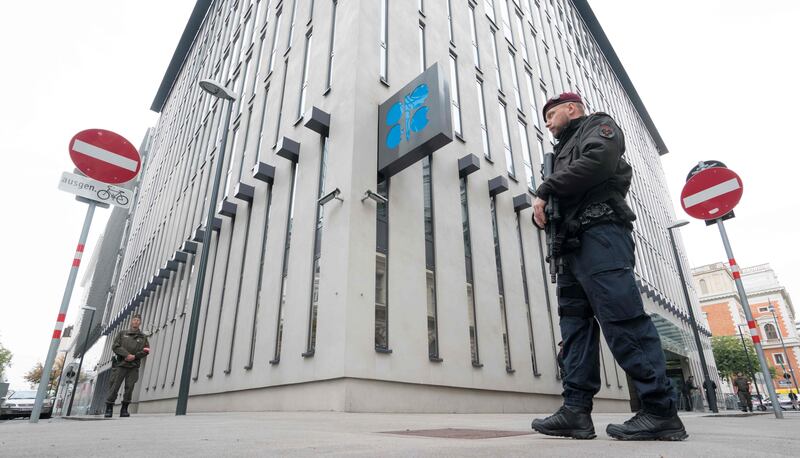Strong oil demand growth in emerging economies led by China and India but also from Europe is drawing down oil stockpiles faster than expected, putting the global market firmly on track to rebalance, senior industry executives said on Tuesday.
A surge in demand for diesel and fuel stock draws following US refinery outages resulting from Hurricane Harvey have further helped thrust crude prices to near US$60 a barrel, analysts said.
Global oil benchmark Brent rose to the highest since July 2015 on Tuesday after Turkey threatened to cut crude exports from Iraq's Kurdistan region before retreating slightly, Reuters said.
Prices rallied in the third quarter of this year as Opec and non-Opec producers cut output, and as Harvey knocked out large portions of the US refining industry.
"We see the market over the next six months going well above $60 for a simple reason ... surprisingly good demand," Adi Imsirovic, the head of oil trading at Gazprom Marketing and Trading, told the S&P Global Platts APPEC conference in Singapore.
"We see the market tightening strongly, we see oil moving out of storage quite fast," he added.
The premium of first-month Brent futures over second-month futures is at the highest since April 2016. That market structure, known as backwardation, indicates there is strong immediate demand for oil.
_______________
Read more:
Russia's Lukoil to maintain oil production rate and investments
Opec and Russia say global oil glut halfway cleared
_______________
"There are forecasts that demand could pass the threshold of 100 million barrels per day (bpd) of crude and liquids even in the next months or next year," Eni Trading and Shipping chief executive Franco Magnani said at the conference.
"Most of the economies in the world are still growing or relatively stable," he added.
Brent for November settlement was 37 cents lower at US$58.65 a barrel on the London-based ICE Futures Europe exchange on Tuesday afternoon after rising as much as 0.8 per cent earlier. Prices added $2.16 to $59.02 on Monday, the highest close since July 2015. The global benchmark traded at a premium of $6.62 to WTI.
Crude in New York fell 0.4 per cent as traders cashed in after Monday’s 3.1 per cent surge, according to Bloomberg.
"The big surprise ... has been on the distillate side, where it looks like we will hit 1.6 per cent growth," said Matti Lehmus, the vice president of oil products at the Finnish refiner Neste Oil.
Global demand growth is higher than that seen in the last couple of years, "coming somewhere close to 1.6 to 1.7 million barrels per day and is driven by distillates", said Janet Kong, BP's chief executive, supply and trading, Eastern Hemisphere.
Strong fuel demand was compounded by damage caused by Harvey, which hit the US Gulf Coast in August and knocked out almost a quarter of the country's refineries, resulting in large-scale fuel stock draws and increased imports.
"This is a products-led rally ... Even prior to Harvey, products were driving the [price] rally and were incentivising high refinery runs ... What Harvey did is accelerate a process that was already underway," said Robert Campbell, the head of oil products analysis at Energy Aspects.
With agencies






